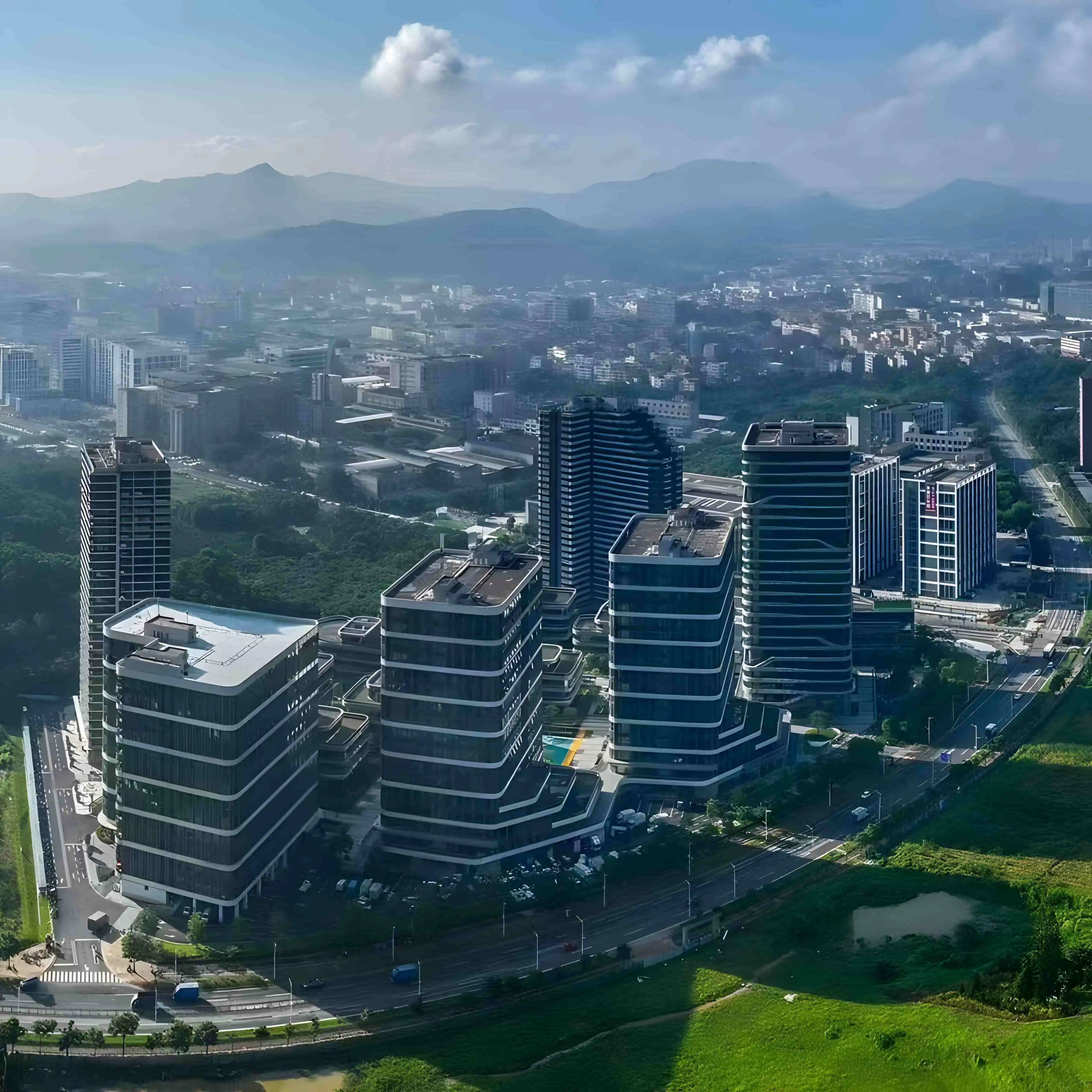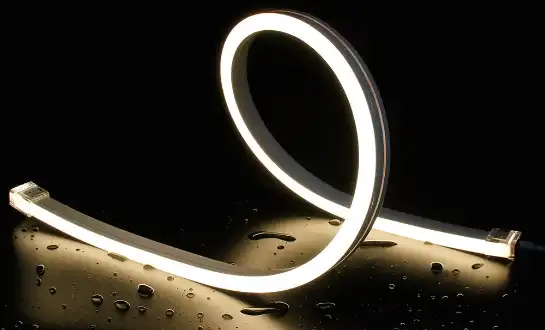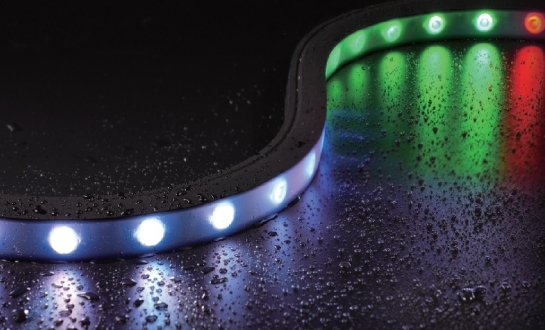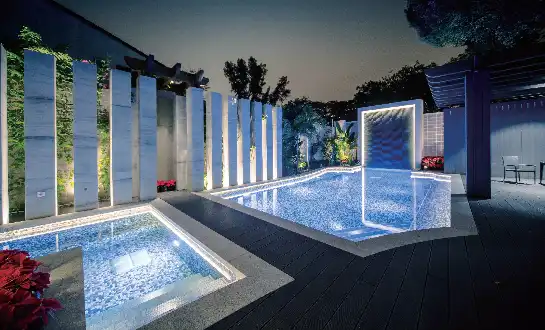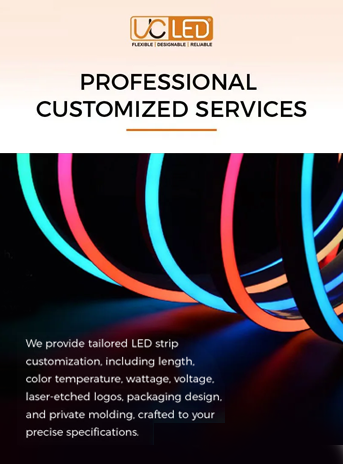The Evolution of Neon Lighting: From Traditional to Flexible
The history of neon lighting dates back to the early 20th century when Georges Claude introduced the first neon lamp. Traditional neon signs quickly became iconic, adorning cityscapes with their vibrant glow. However, these glass tubes filled with neon gas had limitations in terms of flexibility and safety.
Enter flexible neon tube lighting, a modern marvel that combines the aesthetic appeal of traditional neon with advanced LED technology. These bendable tubes consist of a series of LEDs encased in a flexible silicone or PVC housing, mimicking the look of classic neon while offering enhanced durability and versatility.

Key Differences in Technology
Traditional neon lights rely on ionized gas within glass tubes to produce their characteristic glow. In contrast, flexible neon tube lighting utilizes LED technology, where light is emitted from semiconductors. This fundamental difference in light production methods leads to several distinctions in performance, energy consumption, and application possibilities.
Environmental Impact and Safety Considerations
The shift towards flexible neon tube lighting aligns with growing environmental concerns. Unlike traditional neon, which contains potentially hazardous gases, LED-based flexible neon is mercury-free and more eco-friendly. Additionally, the lower operating temperatures and reduced risk of breakage make flexible neon a safer option for various environments.
Comparing Performance and Practical Applications
When evaluating flexible neon tube lighting against traditional neon, several critical factors determine performance and suitability. Energy efficiency, lifespan, color availability, and ease of installation all play major roles in the decision-making process. Flexible neon excels in delivering cost savings and modern versatility, while traditional neon is valued for its classic aesthetic. By considering these factors together, designers, businesses, and homeowners can make informed choices that align with their specific needs, budgets, and long-term project goals.
Energy Efficiency and Operational Costs
Flexible neon tube lighting significantly surpasses traditional neon when it comes to energy performance. Built on LED technology, it consumes up to 80% less electricity than conventional neon systems, resulting in noticeable reductions in utility costs. Beyond immediate financial savings, this improved efficiency supports sustainable energy practices and reduces environmental impact. For businesses and large-scale projects, lower operational expenses make flexible neon a forward-looking solution that balances both performance and responsibility, offering long-term advantages over outdated lighting methods.
Longevity and Maintenance
The durability of flexible neon tube lighting offers another key advantage over traditional neon. Conventional neon lights typically last between 8,000 and 15,000 hours before requiring replacement. In contrast, LED-based flexible neon can operate for 50,000 hours or longer, drastically extending its usability. Additionally, maintenance demands are minimal, as the LED system is less prone to breakage and gas leakage. This combination of longevity and reliability makes flexible neon an economical and practical choice for installations intended to last for years.
Versatility in Design and Application
Flexible neon tube lighting stands out for its unmatched adaptability, opening up creative possibilities that traditional neon cannot achieve. Thanks to its bendable construction, it can easily follow curves, angles, or complex shapes, making it suitable for both intricate designs and large architectural features. This versatility allows for seamless customization in signage, retail displays, event décor, or interior accents. Whether used for bold statements or subtle enhancements, flexible neon empowers designers to push creative boundaries with ease and precision.
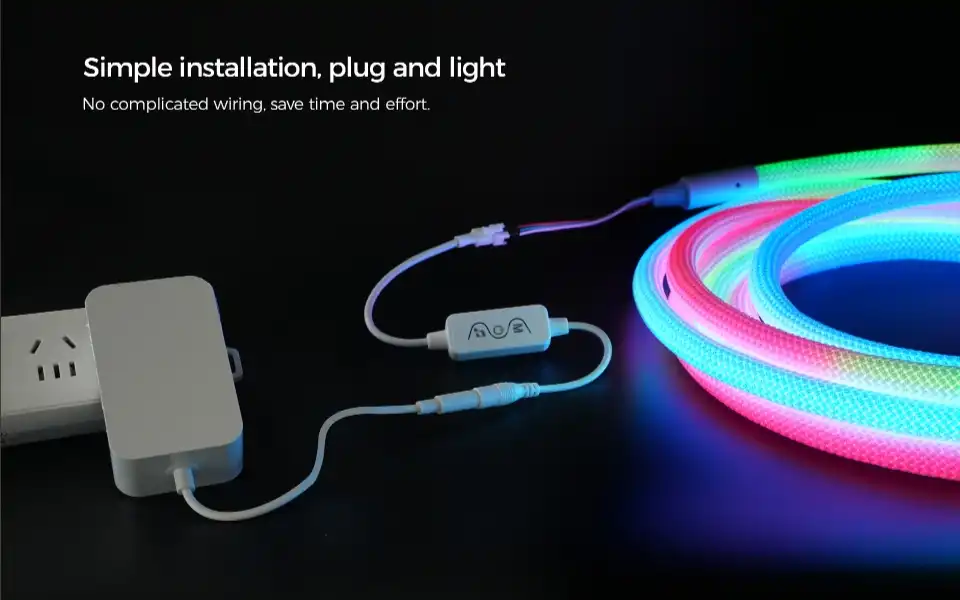
Making the Right Choice for Your Lighting Needs
Selecting between flexible neon tube lighting and traditional neon depends on various factors, including your specific application, budget, and aesthetic preferences.
Aesthetic Considerations
While flexible neon tubes closely mimic the look of traditional neon, some purists argue that the classic glass tubes offer a unique charm. However, advancements in LED technology have narrowed this gap, with flexible neon providing vibrant, uniform illumination that's increasingly difficult to distinguish from traditional neon.
Installation and Customization
Flexible neon tube lighting offers unparalleled ease of installation and customization. These lightweight, durable tubes can be easily mounted on various surfaces and shaped to fit specific design requirements. This flexibility opens up new possibilities for creative lighting solutions in both commercial and residential settings.
Cost Analysis: Short-term vs. Long-term
While the initial cost of flexible neon tube lighting may be higher than traditional neon, the long-term savings in energy consumption and maintenance make it a more economical choice over time. When considering an investment in lighting, it's crucial to factor in these long-term operational costs.
Conclusion
The comparison between flexible neon tube lighting and traditional neon reveals a clear shift towards more efficient, versatile, and sustainable lighting solutions. While traditional neon holds a nostalgic appeal, the numerous advantages of flexible neon tubes make them an attractive option for modern lighting needs. As technology continues to advance, we can expect further innovations in flexible neon lighting, solidifying its position as a leading choice for creative and practical illumination.
FAQ
How does the brightness of flexible neon tube lighting compare to traditional neon?
Flexible neon tube lighting can match or exceed the brightness of traditional neon while offering more control over intensity.
Can flexible neon tubes be used outdoors?
Yes, many flexible neon tube products are designed for outdoor use with proper waterproofing and UV resistance.
Is it possible to dim flexible neon tube lighting?
Unlike traditional neon, most flexible neon tube systems are dimmable, offering greater control over ambiance.
Experience the Future of Neon Lighting with QUAN HE | QUAN HE
At QUAN HE Lighting Co., Ltd., we specialize in cutting-edge flexible neon tube lighting solutions. Our ISO-certified manufacturing facility and expert R&D team ensure premium quality and innovative designs. As a leading manufacturer and supplier, we offer customized OEM and ODM services to meet your specific lighting needs. Experience the brilliance of our eco-friendly, durable LED neon flex strips. Contact us at Linda@uc-led.com to illuminate your projects with precision and excellence.
source: LED Light
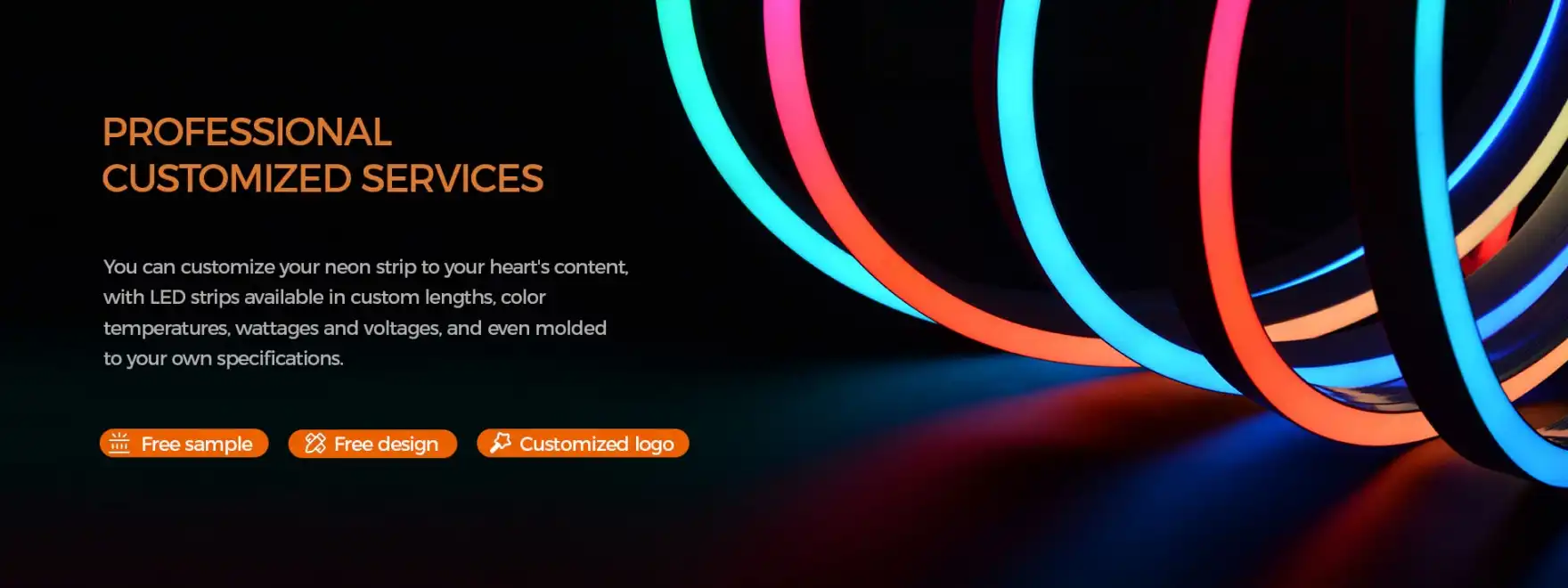
References
1. Johnson, E. (2022). "The Evolution of Neon: From Traditional Glass to Flexible LED Technology." Lighting Design Quarterly, 45(2), 78-92.
2. Smith, R., & Brown, T. (2021). "Energy Efficiency in Modern Lighting: A Comparative Study of Neon Technologies." Journal of Sustainable Illumination, 16(3), 205-220.
3. Chen, L., et al. (2023). "Advancements in Flexible LED Neon: Materials, Manufacturing, and Applications." Advanced Optical Materials, 11(5), 2200354.
4. Williams, P. (2020). "The Environmental Impact of Lighting Choices: Traditional Neon vs. LED Alternatives." Sustainability in Practice, 8(4), 412-428.
5. Garcia, M., & Lee, S. (2022). "Creative Applications of Flexible Neon Tube Lighting in Architectural Design." Architectural Lighting Review, 37(1), 55-70.

